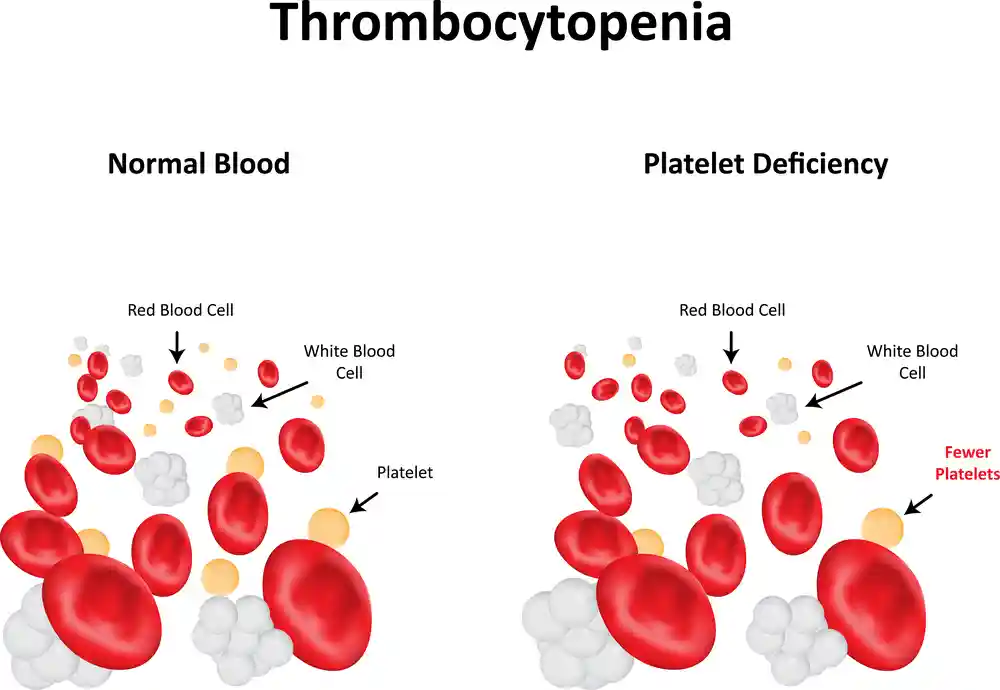What is immune thrombocytopenic purpura and how does it occur?

Immune thrombocytopenic purpura is a condition consisting of a decreased platelet count. Regarding the name, it has changed several times in the past few decades. In the past, it was known as idiopathic thrombocytopenic purpura. But the term idiopathic was abandoned because it literally means “of an unknown cause”, and the cause is now known to be immune-related. The term purpura is after the famous appearance of small spots of hemorrhage just under the skin. This term is still being used despite the fact that as much as 30% of cases do not have this symptom.
How immune thrombocytopenic purpura develops is quite complex and the real cause behind its immune destruction remains largely unknown. In children, acute immune thrombocytopenic purpura is known to develop following some viral illnesses, some of them as mild as influenza. This is followed by the production of antibodies that target the membrane of platelets. Antibodies serve to slow down platelets and flag them for destruction by large cells called macrophages that are found mainly in the spleen. The net result is a fall in the number of platelets with an inability of the bone marrow to compensate for such an increased destruction.
However, immune thrombocytopenic purpura doesn’t only occur in children and can also affect adults. The type that affects adults is the chronic type, which lasts for more than one year and is more difficult to treat. It is more common in women 30-40 years old and children.
